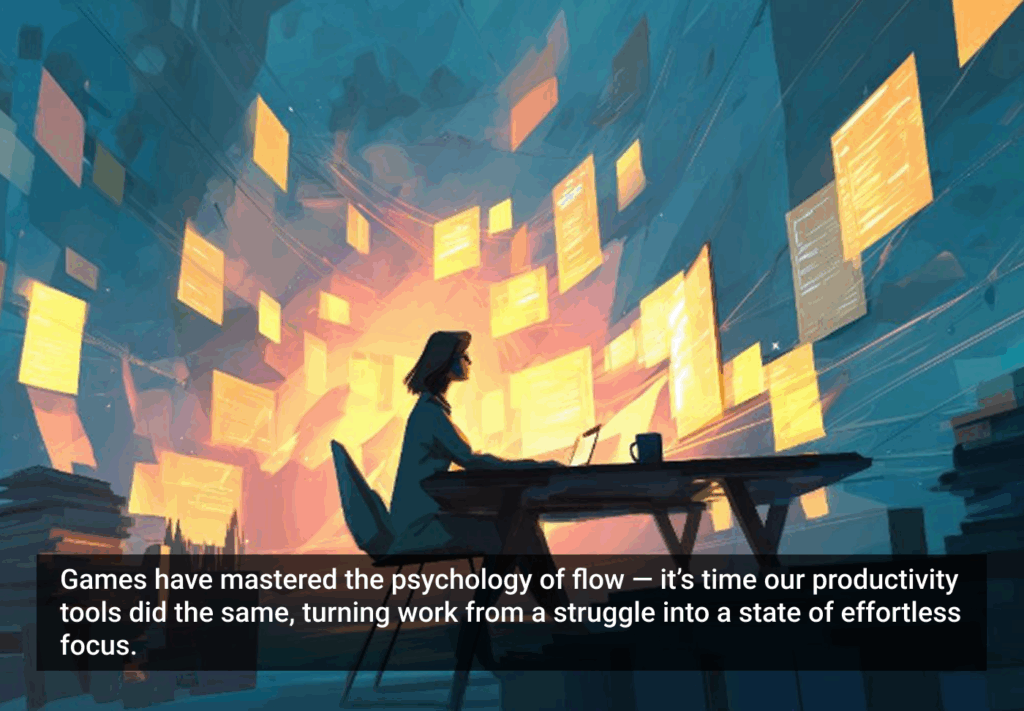Every few months, someone writes the same tired headline:
“Design is Dead.”
“UX is Over.”
“AI Killed Creativity.”
Cool. Hot take.
Also: dumb.
Design isn’t dead. Your understanding of it is. Though, let’s be real — was it ever actually alive in your mind to begin with?
If we’re going to talk about what’s actually going on, we need to get three things straight:
You never understood what design was
Let’s start with the loudest voices in the room — the ones writing think pieces titled “Design is Dead” or “UX is Over.”
Here’s the truth: Design isn’t dead. You just don’t know what design is.
These takes don’t reveal insight. They reveal ignorance.
You thought design was decoration. A coat of paint. A layout in Figma. You assumed that once it looked good, the work was done. So now that AI can spit out a landing page, you think designers are obsolete?
That’s not thought leadership. That’s just clueless.
Design isn’t what something looks like. It’s how something works — and how people move through it.
It’s flows, interactions, decisions, and trade-offs.
It’s hierarchy. Accessibility. User psychology.
It’s tested patterns, usability research, and friction reduced on purpose.
But time and time again, designers are forced to justify those decisions to people with no design background — people who ignore best practices and testing and say things like, “I don’t like it,” or “That’s not how I would do it.”
You don’t tell engineers how to write code.
You don’t tell marketers how to run campaigns.
You don’t tell PMs how to manage a roadmap.
You trust them to do their jobs. But with design? That trust disappears.
Suddenly, everyone is a designer.
Suddenly, gut feelings override research.
Suddenly, someone’s personal opinion outweighs months of thoughtful, informed work.
And when the product underperforms? You blame the designers, never acknowledging that what shipped is nowhere near what they actually designed.
Why? Because it was watered down, overwritten, and compromised until it was a ghost of itself.
So no, design isn’t dead. But if you keep treating designers like decorators instead of strategic problem-solvers, don’t be surprised when things break.
Designers haven’t helped themselves
Let’s flip the mirror. Designers: you’re not blameless in all this.
The “UX is dead” headline pops up every few months.
Sometimes it’s because of shifting trends.
Sometimes it’s because of poor leadership or bad implementations.
Sometimes it’s just because the internet loves a good overreaction.
But it keeps coming back. And one of the reasons it sticks? Designers have helped create the conditions for the backlash.
Somewhere along the way, we started believing our own hype.
We were told we could change the world. That design thinking would save the day. That human-centered design would revolutionize business, government, and society itself.
And in the absence of structure, that story felt good. Because for a long time, we didn’t know what the heck we were doing.
UX and product design exploded before the discipline was ready. Roles were handed out before responsibilities were defined. People entered the field from every angle — bootcamps, graphic design, web, architecture, writing — some with degrees, some with raw talent, all thrown under the same fuzzy title: UX Designer.
We were laying the tracks as the train was already moving.
When “design thinking” came along with a clean framework and an inspiring message, it gave us something to rally around. But let’s be real: it also inflated egos.
It convinced designers we were the sole keepers of empathy. The voice of the user. The irreplaceable heroes in the room.
And in the process, we gave people reasons to push back.
We rejected business goals.
We rolled our eyes in cross-functional meetings.
We treated product managers like obstacles and engineers like annoyances.
We demanded strategic influence while still behaving like pixel-pushers.
And then we thought we needed to be in the room with executives and the C-suite.
We pushed for a seat at the table — and when we got there, we questioned the vision.
We challenged direction without understanding constraints.
We acted like we knew better than the people actually running the business.
How arrogant.
Designers asked for a bigger voice, a bigger seat, more influence — and then often showed up unprepared to handle the weight of that responsibility.
We wanted strategy, but avoided accountability.
We wanted respect, but didn’t build trust.
We wanted power, but refused to share it.
It’s no wonder people started pushing back.
It’s no wonder the skepticism grew.
It’s no wonder the “Design is Dead” narrative keeps finding new fuel.
We didn’t just fail to earn trust — we made ourselves a target.
So when another “Design is Dead” piece shows up, people don’t just shrug — they nod along. They’ve been waiting for a reason to root against us. And we’ve given them plenty.
The emergence of AI is just the latest fuel for the fire. It’s the new excuse to question the value of design. But that skepticism? We helped create it.
Designers:
You need to be more humble.
You need to rebuild trust.
You need to stop playing the misunderstood genius and start being a better partner.
You’re not the hero.
You’re not owed control.
You don’t win by rejecting business goals or treating constraints as betrayal.
Good design doesn’t happen in isolation. It balances user needs and business outcomes. It flexes. It listens. It collaborates.
If you can’t do that? You’re not designing. You’re just decorating, and people can tell.
AI isn’t killing design — you just don’t get it
And now, the panic flavor of the month: AI.
“Design is over.”
“AI will replace designers.”
“Why hire a UX team when I have ChatGPT?”
Stop.
AI is a tool, not a takeover.
AI doesn’t understand users.
It doesn’t conduct usability testing.
It doesn’t collaborate with PMs, engineers, researchers, or business leaders to create something that actually works.
What it can do is generate fast visual outputs, automate parts of the process, and free you up to focus on deeper, more strategic work.
If you’re a designer and you’re scared of AI, maybe it’s time to re-evaluate what you think your job is. If you think the job is just “making wireframes,” then yeah, AI might shake you.
But design is not production.
Design is problem-solving.
And if you’re a critic hyping up AI like it’s the new creative director?
You’re not talking about design. You’re talking about mockups.
AI won’t replace designers. But designers who know how to use AI might replace you.
AI changes the landscape. It doesn’t erase it.
Design isn’t dead. It’s just growing up
Yes, the industry has been messy.
Yes, we lacked rigor.
Yes, the hype got out of control.
Yes, some teams ran more on vibes than outcomes.
But that’s what growth looks like. And that’s what this moment is.
Not death.
Not extinction.
Maturity.
The honeymoon phase is over. The myth is fading. What’s left is the real work: strategic, collaborative, humble, and focused design.
Design that solves problems.
Design that scales.
Design that makes everything else work better.
So please — stop writing eulogies
Design isn’t dead.
Stop panicking.
Stop writing clickbait.
Stop chasing hype.
Stop pretending you understand a discipline you’ve never practiced.
You’re not insightful.
You’re just loud.
And either way, you’re wrong.
The article originally appeared on Medium.
Featured image courtesy: Nate Schloesser.








